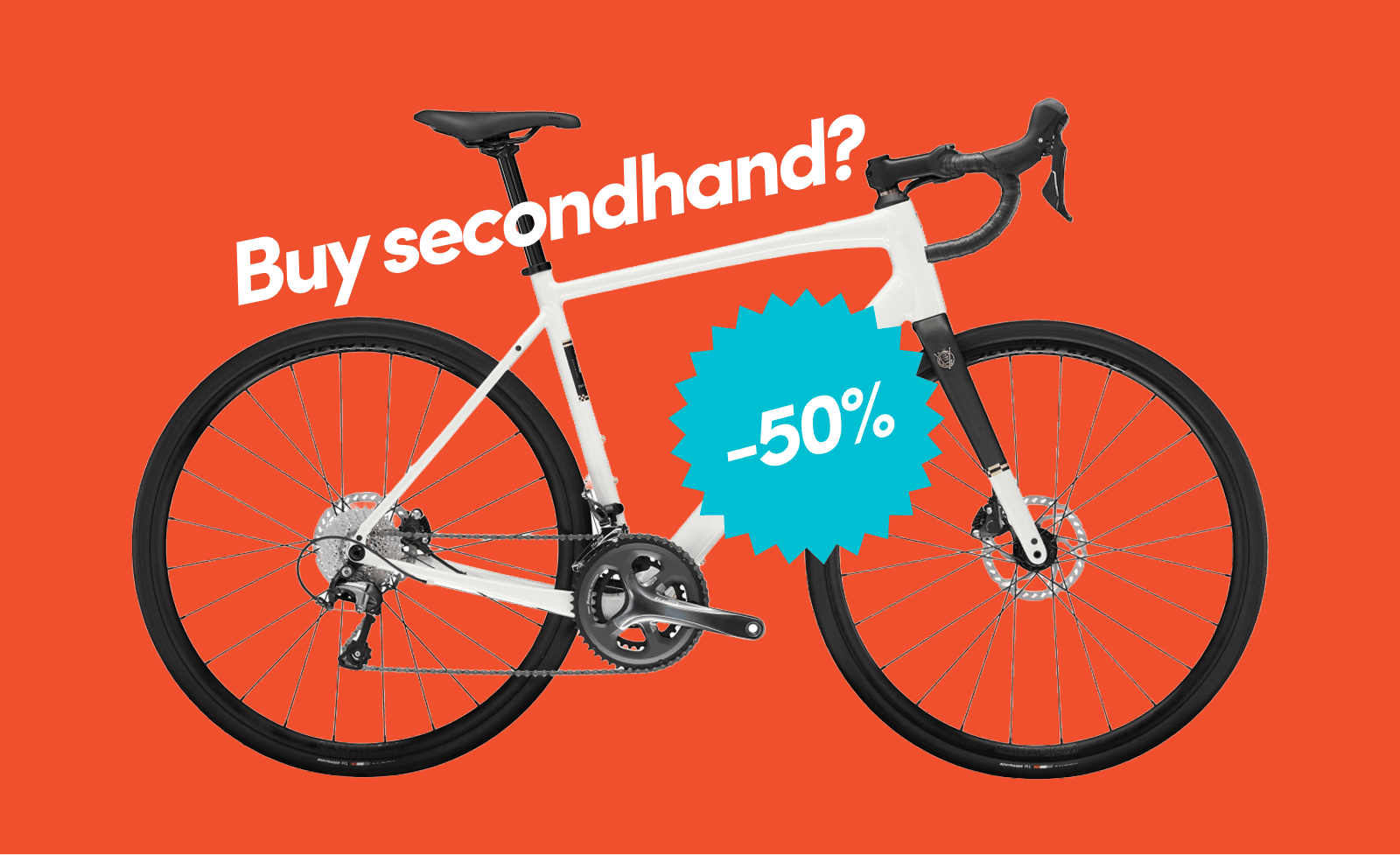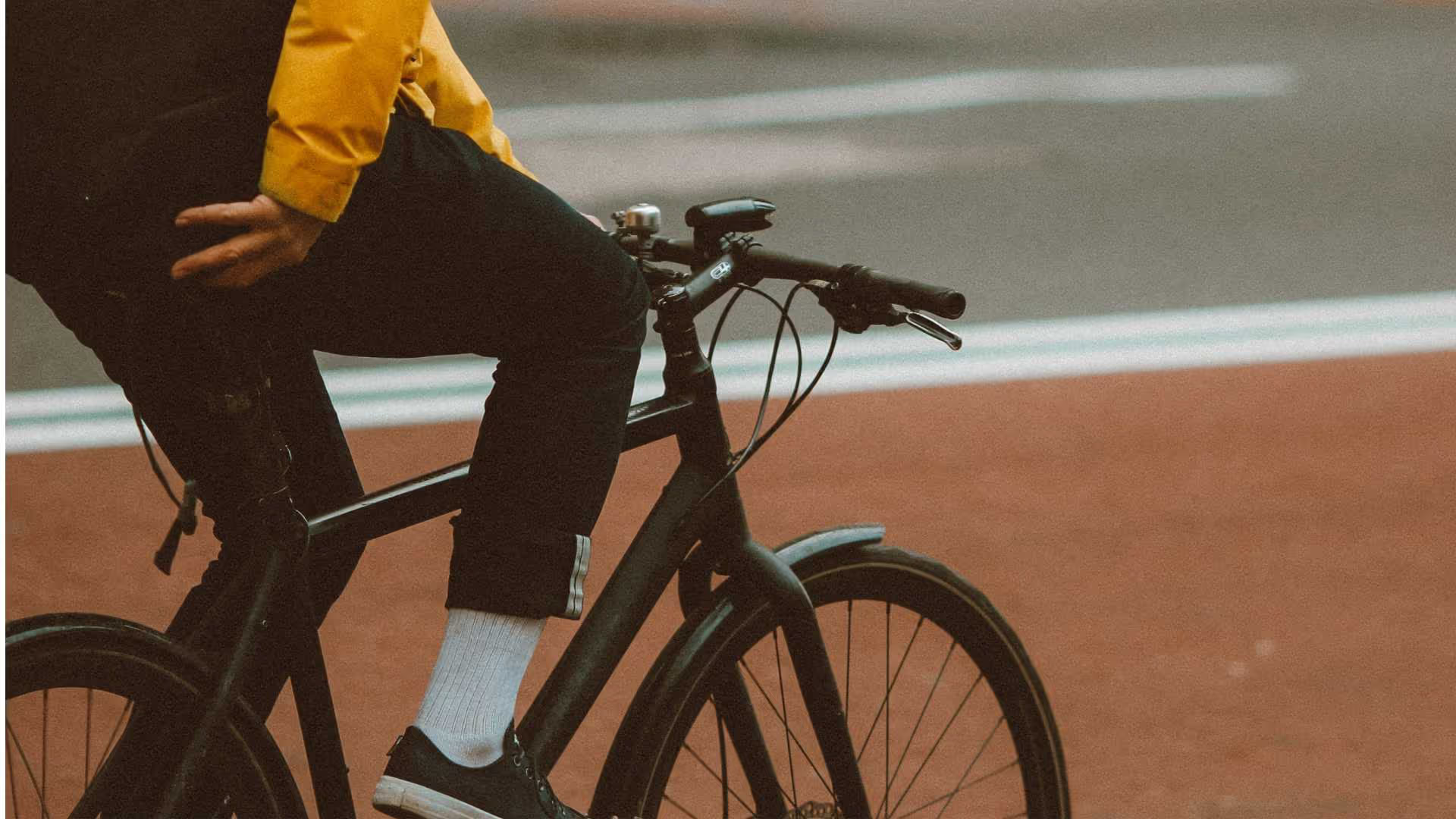10 of the best-value road bikes in the UK 2025
Explore road bikes across all budgets, find your ideal ride with the right specks. Making sure you get performance without breaking the bank.
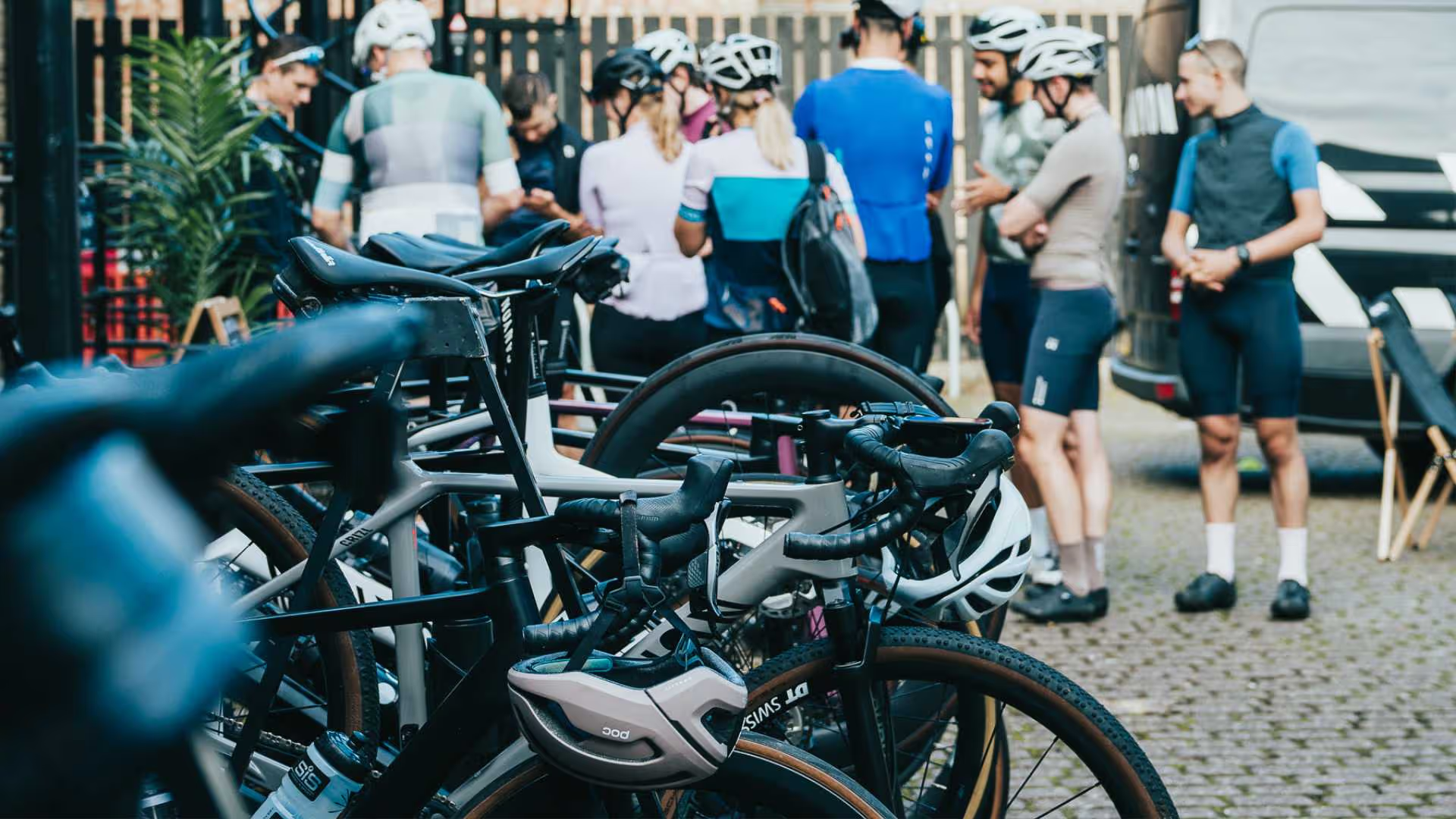
Whether you’re commuting, clocking weekend miles or joining your first sportive, here are ten of the best-value road bikes available from trusted UK retailers.
Under £500
Triban RC 120 Disc
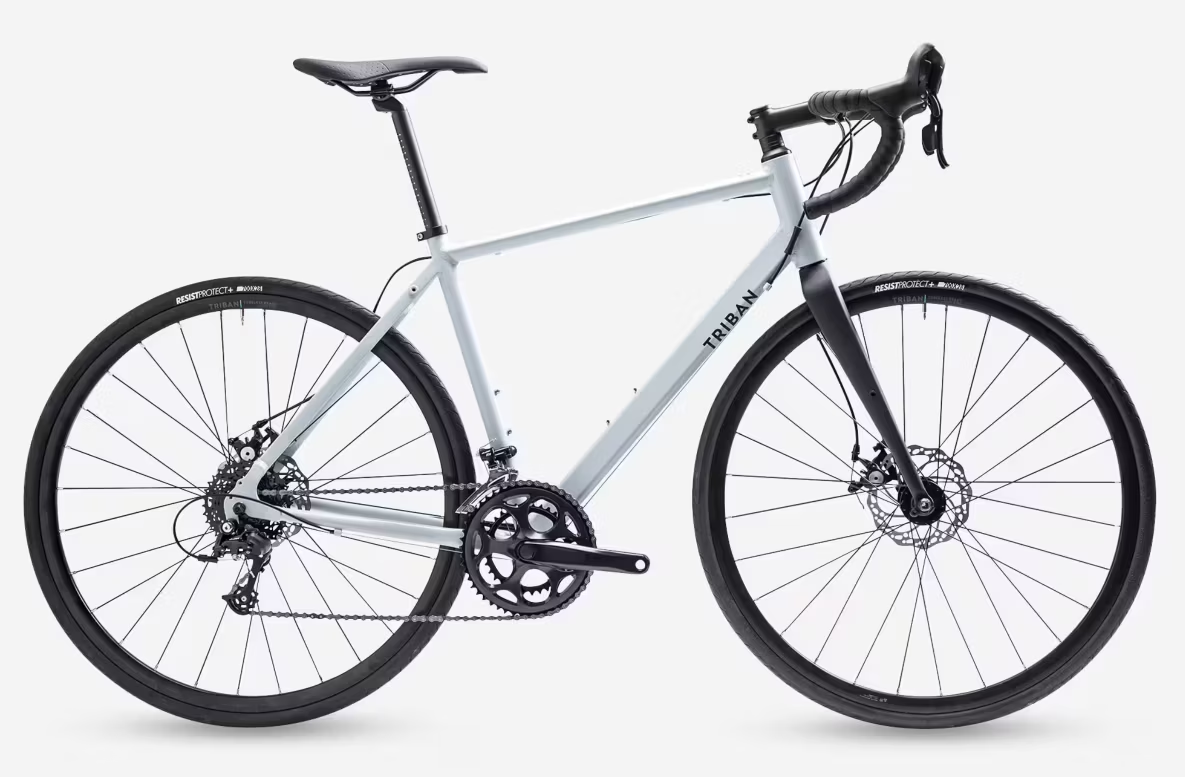
A long-standing favourite for first-time riders, the Triban RC 120 Disc from Decathlon combines an alloy frame, carbon fork and mechanical disc brakes — impressive at this price. It’s comfortable, stable and easy to upgrade as your fitness grows.
Features
Aluminium frame, carbon fork, Shimano Claris 2×8, mechanical disc brakes.
Under £800
Boardman SLR 8.6

A superb alternative from a trusted UK brand, the Boardman SLR 8.6 features a lightweight alloy frame, full carbon fork, and reliable Shimano Claris gearing. It offers a fantastic ride quality for the price, perfect for fitness or commuting.
Features
6061-T6 aluminium frame, full carbon fork, Shimano Claris 2×8, rim brakes.
Under £1,000
Specialized Allez E5 Disc

A benchmark for performance road bikes, the Allez E5 Disc is fast, light and refined. The carbon fork and modern geometry deliver excellent comfort on longer rides.
Features
E5 aluminium frame, carbon fork, Shimano Claris 2×8, disc brakes.
Under £1,200
Cube Attain Race Disc (2025)

Cube’s Attain Race delivers reliability and all-round performance for leisure or club riders. It’s a fast and comfortable bike that’s still practical for commuting.
Features
Aluminium frame, carbon fork, Shimano Sora 2×9, mechanical disc brakes.
Under £1,400
Giant Contend 0 (2025)
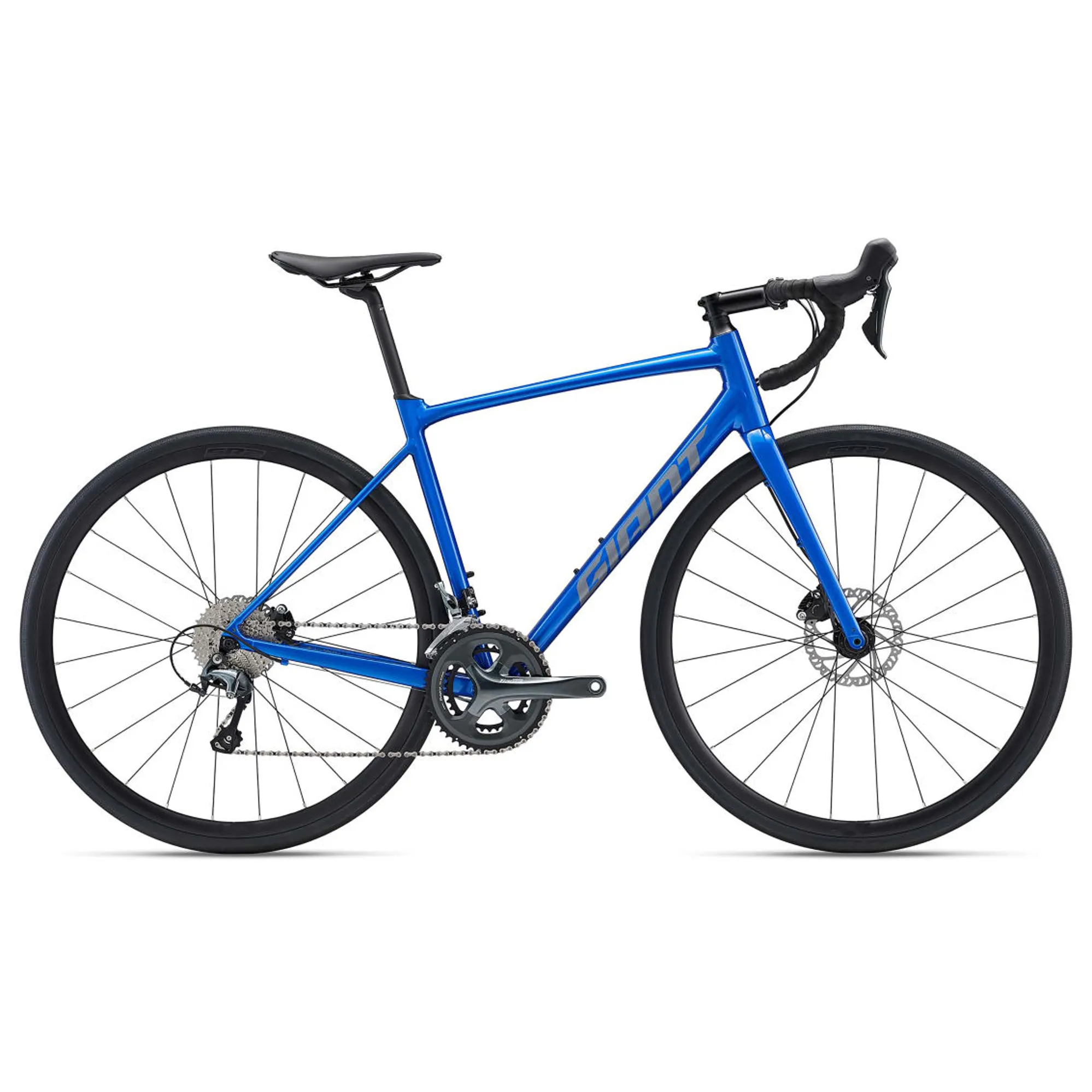
The new Giant Contend 0 is a great-value endurance road bike for UK conditions. It’s responsive, smooth, and ready for big days out with a Shimano Tiagra groupset and hydraulic brakes.
Features
ALUXX-Grade aluminium frame, carbon fork, Shimano Tiagra 2×10, hydraulic discs.
Under £1,600
Trek Domane AL 4 Gen 4 (2025)
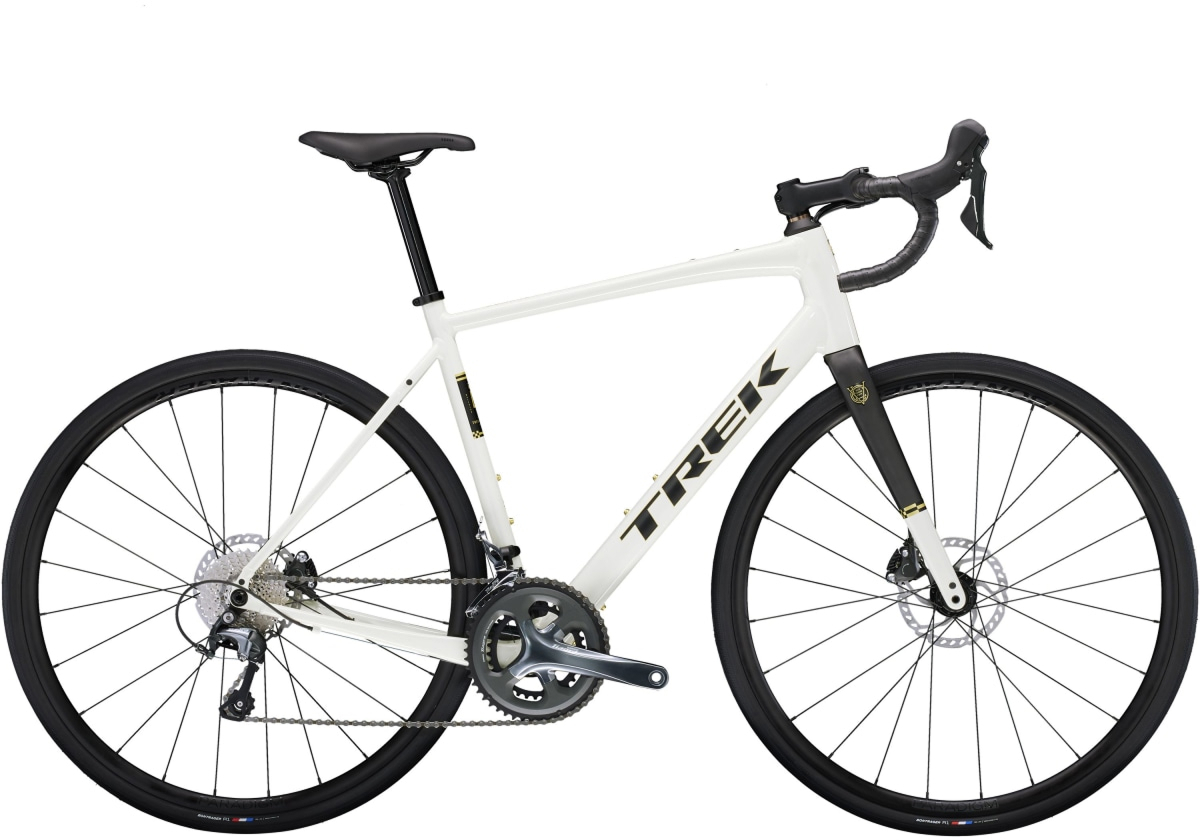
The Trek Domane AL 4 is a comfort-oriented endurance bike. Its relaxed geometry, carbon fork, and clearance for wide 38mm tyres inspire confidence on long rides, even on light gravel.
Features
100 Series Alpha Aluminium, carbon fork, Shimano Tiagra 10-speed, hydraulic disc brakes.
Under £1,800
Orro Gold Evo 105 (2024)
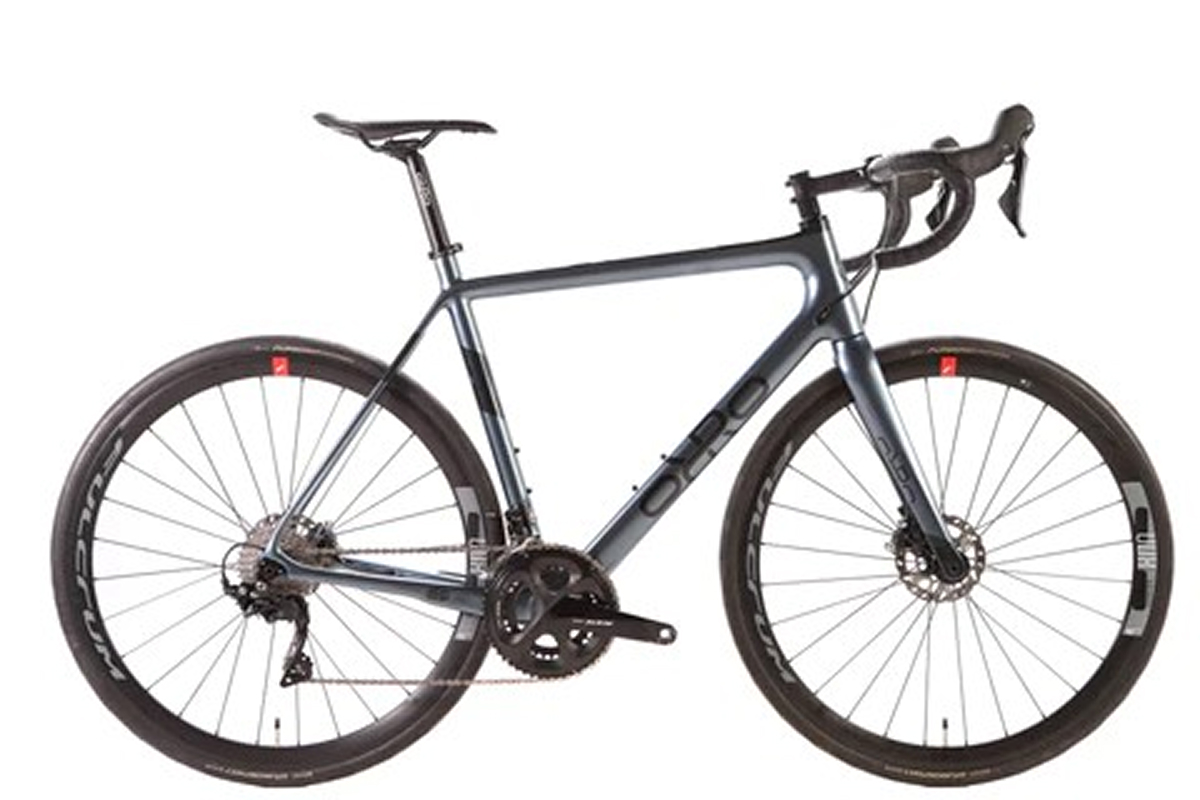
UK-based Orro builds bikes that punch above their price. The Gold Evo 105 is a non-aero endurance bike that blends performance with all-day comfort, featuring a full carbon frame and a reliable 105 groupset.
Features
Carbon frame and fork, Shimano 105 11-speed, hydraulic disc brakes.
Under £2,000
Trek Émonda ALR 5 (2024)

Trek’s Émonda ALR 5 is a light, responsive race-ready bike with geometry borrowed from the brand’s pro models.
Features
300-Series Alpha Aluminium, carbon fork, Shimano 105 2×12, hydraulic discs.
Women’s-specific under £2,000
Liv Langma Advanced 2 Disc (2024)

Liv’s Langma Advanced 2 offers a superb women’s-specific fit with the same performance DNA as the Giant TCR. Light, fast and confidence-inspiring.
Features: Advanced-grade carbon, Shimano 105 11-speed, hydraulic discs.
Price: £1,949
UK brand under £2,000
Ribble CGR AL (105)
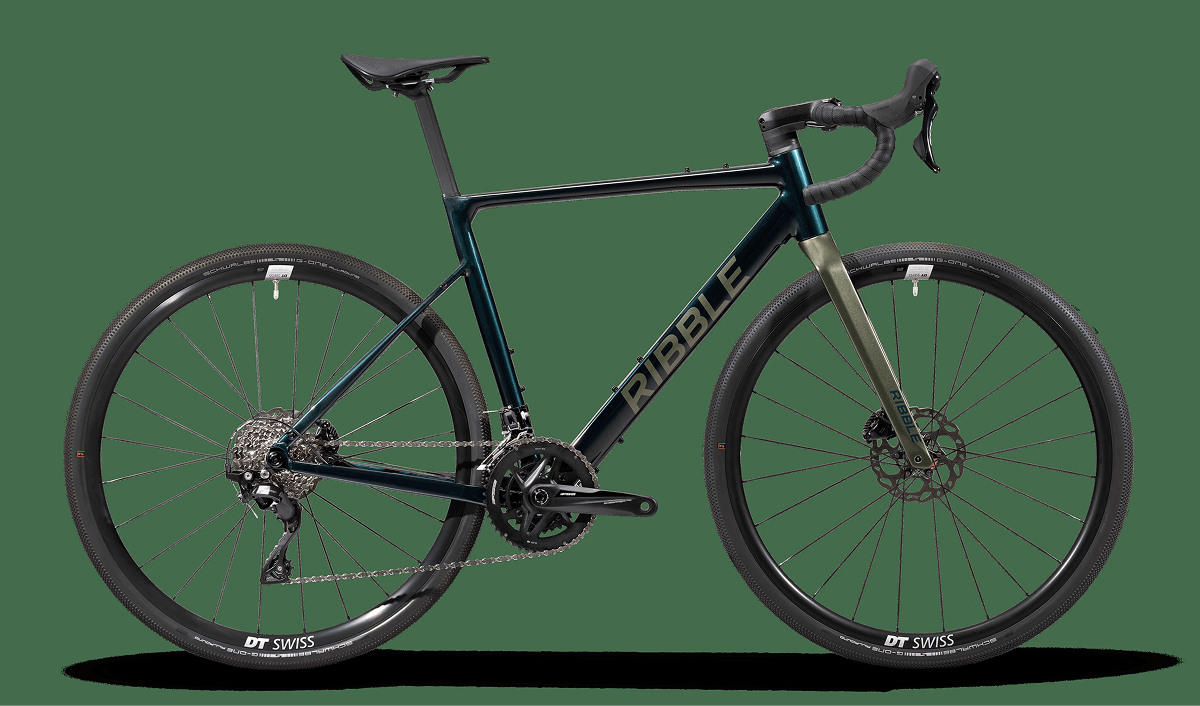
For a UK-based brand within this budget, the Ribble CGR AL stands out for its versatility. Assembled in the UK, its "Cross, Gravel, Road" frame is built to handle anything. This Shimano 105-equipped build provides hydraulic disc brakes and a performance 12-speed groupset, making it a fantastic all-roader for the price.
Features
6061-T6 Aluminium frame, carbon fork, Shimano 105 2x12, hydraulic disc brakes.
And one to keep forever…
Reilly Gradient
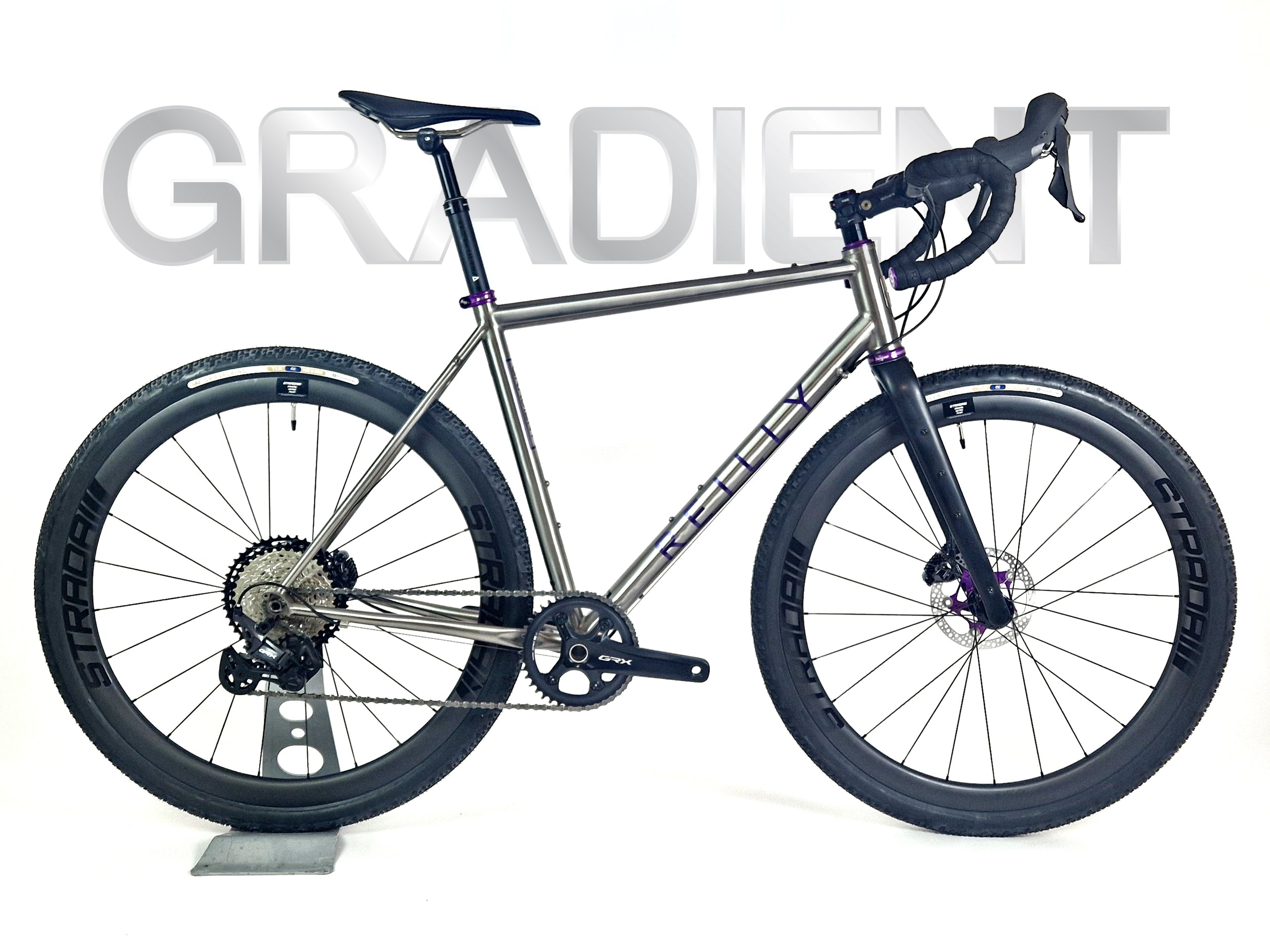
The bonus 11th bike pushes the £2,000 budget, but it's worth considering if you want something special. Brighton-based Reilly makes the Gradient from titanium, a material that's lighter than steel, more comfortable than alloy, and doesn't rust. While it's not magic and won't last literally forever, titanium frames do have an excellent reputation for longevity. The Gradient is their all-road model, designed to handle typical UK conditions well. You might still upgrade components over time, but the frame should serve you well for many years. It's a significant investment, but one that could pay off if you're looking for a bike you'll want to keep riding rather than replacing.
Features
3AL-2.5V Titanium frame, carbon fork, Shimano 105 2x12, hydraulic disc brakes.
Sundays Insurance – 30 days free cover
When you buy a new bike, it deserves protection from day one. Sundays Insurance offers 30 days free cover through participating UK bike shops — including Evans Cycles, Balfe’s Bikes, Leisure Lakes Bikes and Paul’s Cycles.
Just picked up a new bike?
Ask your retailer:
“Are you a Sundays Insurance 30 Days Free partner?”
Ride away with instant protection against theft, accidental or malicious damage and transport loss.
30 days CTA
Ready for longer-term peace of mind?
Get a full quote and choose monthly or annual payments to keep your bike covered beyond the first 30 days.
Get a quote CTA
What to look for in a value road bike
Frame & Fork
Why it matters
The frame is the backbone of the bike, affecting weight, comfort, and ride quality.
Aluminium frames are common in entry-level road bikes because they’re lightweight, durable, and relatively affordable. They offer a responsive ride, but can feel harsh over rough surfaces.
Carbon forks are often paired with alloy frames to absorb road vibrations, improving comfort without adding much weight. This combo is ideal for beginners who want a smoother ride without the cost of a full carbon frame.
Geometry
Bike geometry refers to the shape and layout of a bicycle’s frame – it’s a key factor that affects how a bike handles, feels, and fits. For example, a more upright geometry (like on city or touring bikes) is easier on your back and neck. By contrast, a more aggressive geometry (like on road bikes) puts you in a lower, more aerodynamic position and makes the bike feel quicker and more responsive.
So when people talk about bike geometry, they’re really talking about how the bike is designed to behave – and how it will feel to ride.
When it comes to choosing a road bike, look for endurance or relaxed geometry if you're planning longer rides or commuting – it will be more comfortable than aggressive race-style setups.
Groupset (gears & shifters)
Why it matters
The groupset determines how smoothly and reliably your bike shifts gears.
Shimano Claris (8-speed) and Sora (9-speed) are solid, entry-level options. They’re reliable and easy to maintain, perfect for new riders.
If your budget stretches above £1,000, Shimano Tiagra (10-speed) or 105 (11-speed) offer smoother shifting, better durability, and lighter components – a noticeable upgrade in performance.
Integrated shifters (brake and gear levers combined) are standard now and make riding much more intuitive.
Brakes
Why it matters
Brakes affect your safety and control, especially in unpredictable UK weather.
Disc brakes (mechanical or hydraulic) are a game-changer for road bikes. They offer better stopping power – especially in rain or on long descents.
Hydraulic discs are more powerful and require less hand effort, but mechanical discs are easier to maintain and still a big step up from rim brakes.
If you’re riding year-round or commuting, disc brakes are worth prioritising.
Tyre Clearance
Why it matters
Wider tyres improve comfort, grip, and versatility.
Clearance for 28–32 mm tyres allows you to run wider, more cushioned tyres that smooth out rough roads and reduce fatigue.
Wider tyres also give better grip in wet conditions and can handle light gravel or towpaths –ideal for UK roads and mixed terrain.
Tyres: your first upgrade?
Why it matters
Tyres have a fundamental effect on your bike’s comfort, grip, and rolling efficiency.
Depending on the bike you choose, upgrading the tyres is often one of the first changes riders make. Stock tyres can be fine for casual use, but if you're commuting regularly or riding in mixed conditions, puncture resistance becomes a priority.
If you're not obsessive about weight, tyres like Continental Gatorskin or Schwalbe Marathon Plus are popular choices. They’re heavier than performance tyres, but their durability and resistance to punctures mean you’ll spend far less time at the roadside fixing flats.
Another layer of protection is to use slime-filled inner tubes, which automatically seal small punctures as they happen. It’s not a perfect solution, but it can significantly reduce the hassle of unexpected stops.
Mounts (for mudguards & racks)
Why it matters
Mounts make your bike more practical for commuting, touring, or winter riding.
Mudguards might not be considered fashionable by British road riders but staying dry and clean in wet weather make winter riding far more civilised.
In a similar vein, rack mounts let you carry panniers for commuting or light touring, adding real-world utility to your bike. Even if you don’t need them now, having mounts gives you flexibility.
Frequently Asked Questions
What is the best type of road bike for a beginner?
A beginner should look for an endurance road bike. These bikes have a more relaxed, upright geometry for better comfort on long rides. A bike with a lightweight aluminium frame and a carbon fork, like the Specialized Allez or Cube Attain mentioned in this list, is the ideal starting point.
How much should I spend on my first proper road bike?
A budget of £500 to £1,200 is the sweet spot. In this range, you can expect a bike with a high-quality alloy frame, a carbon fork, and a reliable groupset from a major brand. Bikes like the Boardman SLR 8.6 or the Cube Attain are perfect examples of getting maximum value and performance in this price range.
What's the main difference between a £500 road bike and a £1,500 road bike?
The main differences are components and weight. A £1,500 bike, like the Trek Domane AL 4, will typically have a more advanced groupset (like Shimano Tiagra 10-speed) and smoother hydraulic disc brakes. A bike under £500, like the Triban RC 120, will have a more basic (but still reliable) groupset and mechanical brakes. The upgrade gets you lighter weight, more gears, and better all-weather braking.
Are disc brakes worth it on a road bike?
Yes, for most riders in the UK, disc brakes are worth it. They provide significantly better and more reliable stopping power in wet and unpredictable weather compared to traditional rim brakes. This adds a huge amount of safety and confidence, which is why almost every bike on our list, from the Triban to the Trek, now features them.
What is the difference between Shimano Tiagra and Shimano 105?
Shimano 105 is one step above Tiagra in Shimano's hierarchy. The main benefits of 105 are that it is lighter and offers an extra gear (11 or 12-speed vs. Tiagra's 10-speed). For example, in this list, the Trek Émonda ALR 5 uses Shimano 105 for a racier, performance feel, while the Cube Attain Race uses Tiagra to deliver an all-round performance at a lower price.
Should I buy a new bike or a second-hand one?
It's the classic dilemma! Buying new gets you a full warranty, the latest tech (like modern disc brakes), and the peace of mind that no parts are worn out. However, buying second-hand can offer incredible value. You could potentially get a much higher-spec bike – like a full carbon frame or a superior groupset (e.g., Shimano 105 or Ultegra) – for the same price as an entry-level new alloy bike. The trade-off is the lack of warranty and the risk of hidden wear. If you're a confident mechanic or can get a trusted bike shop to inspect it, second-hand is a fantastic way to get more bike for your money.
Do I really need another bike?
Be warned: cycling is famously addictive. Most riders subscribe to the "n+1 rule," where 'n' is the number of bikes you currently own. You'll start by looking for "one bike to do it all," and a year later you'll be trying to justify a lightweight climbing bike, an aero bike, and a winter bike.


